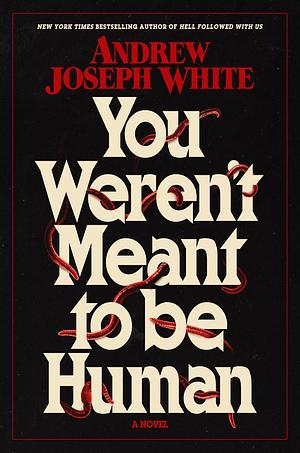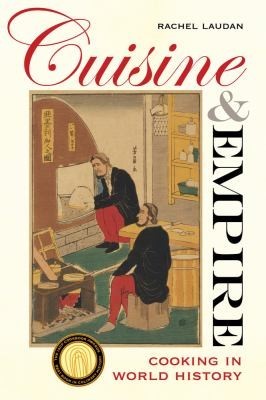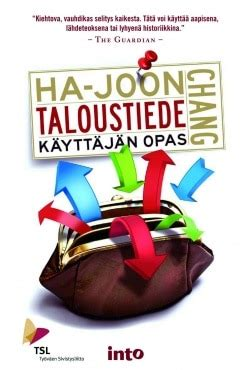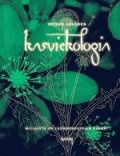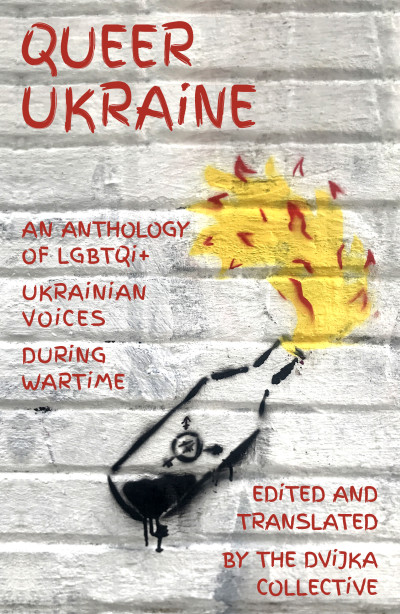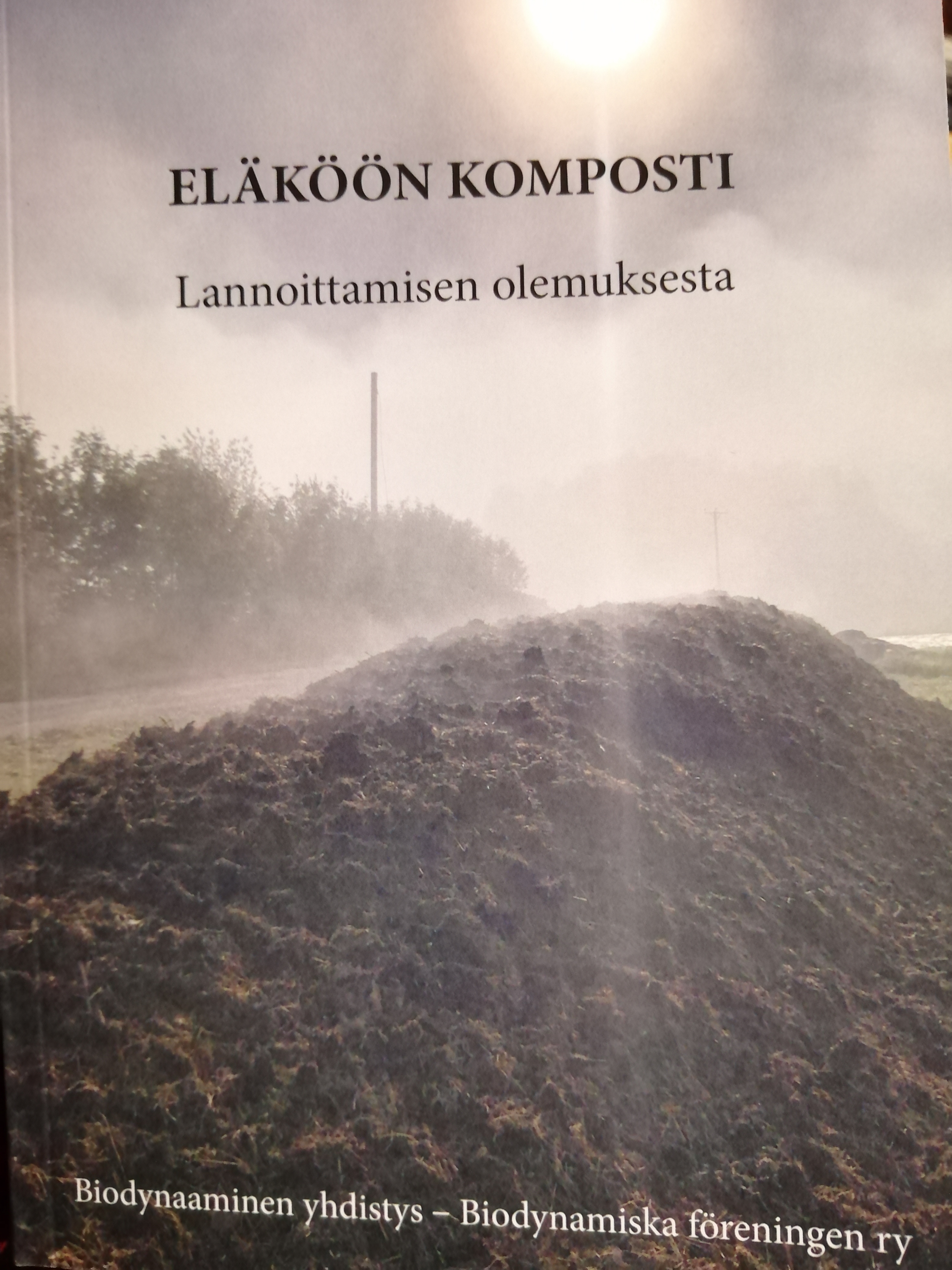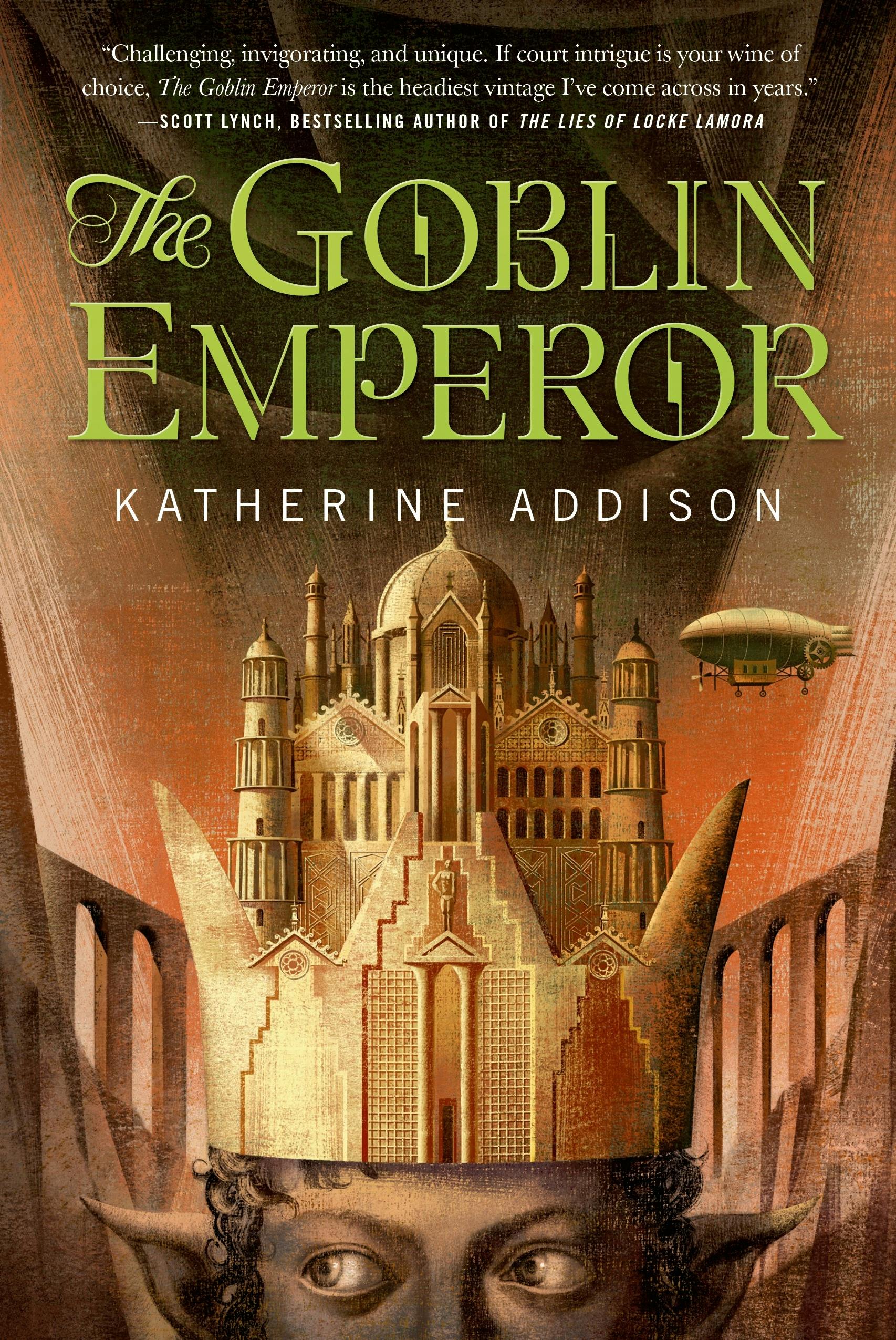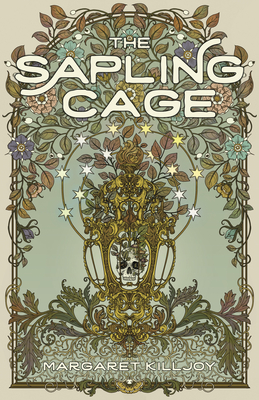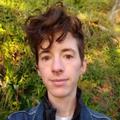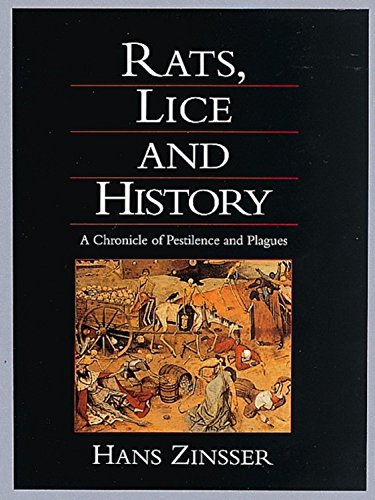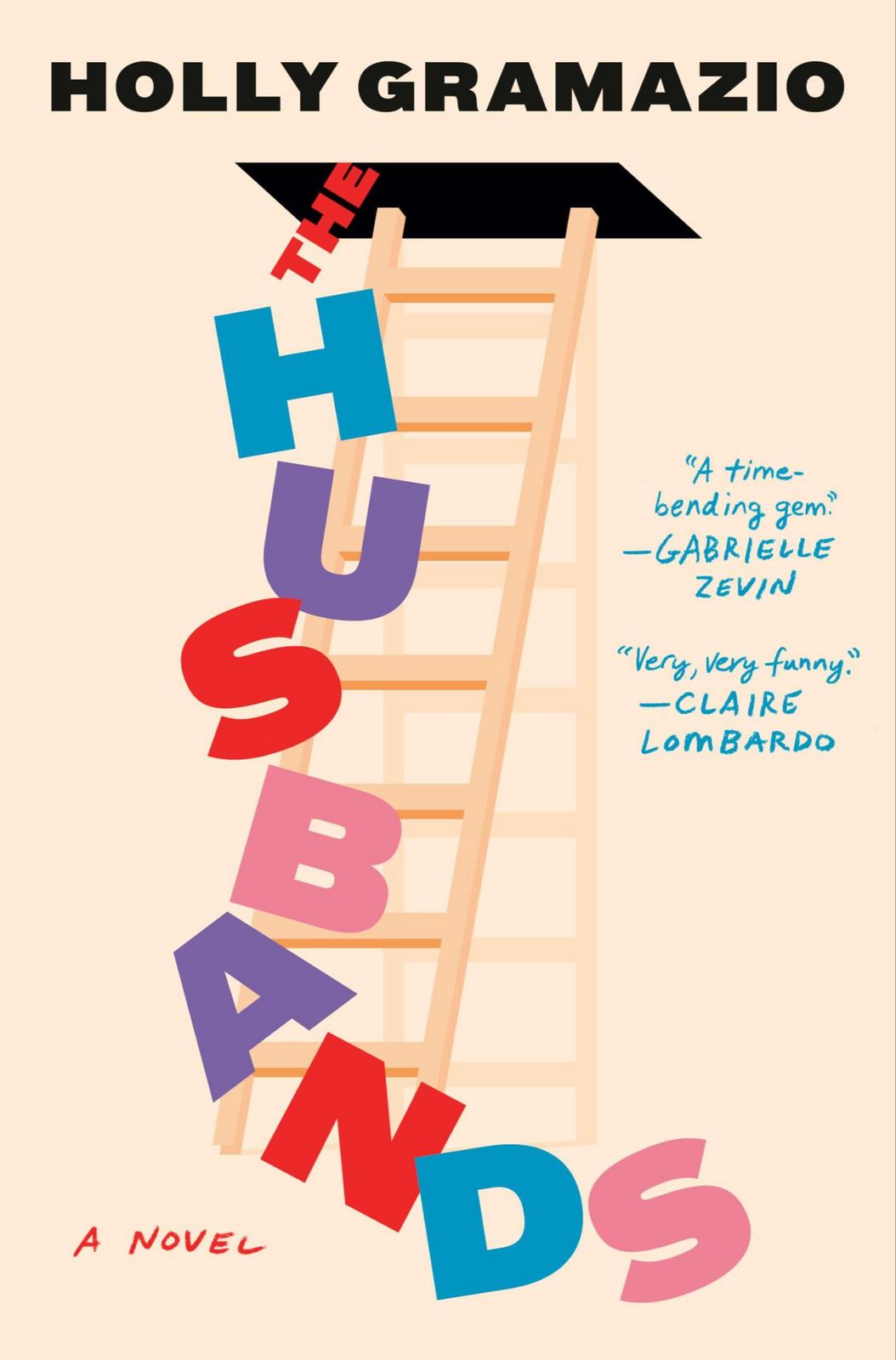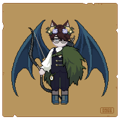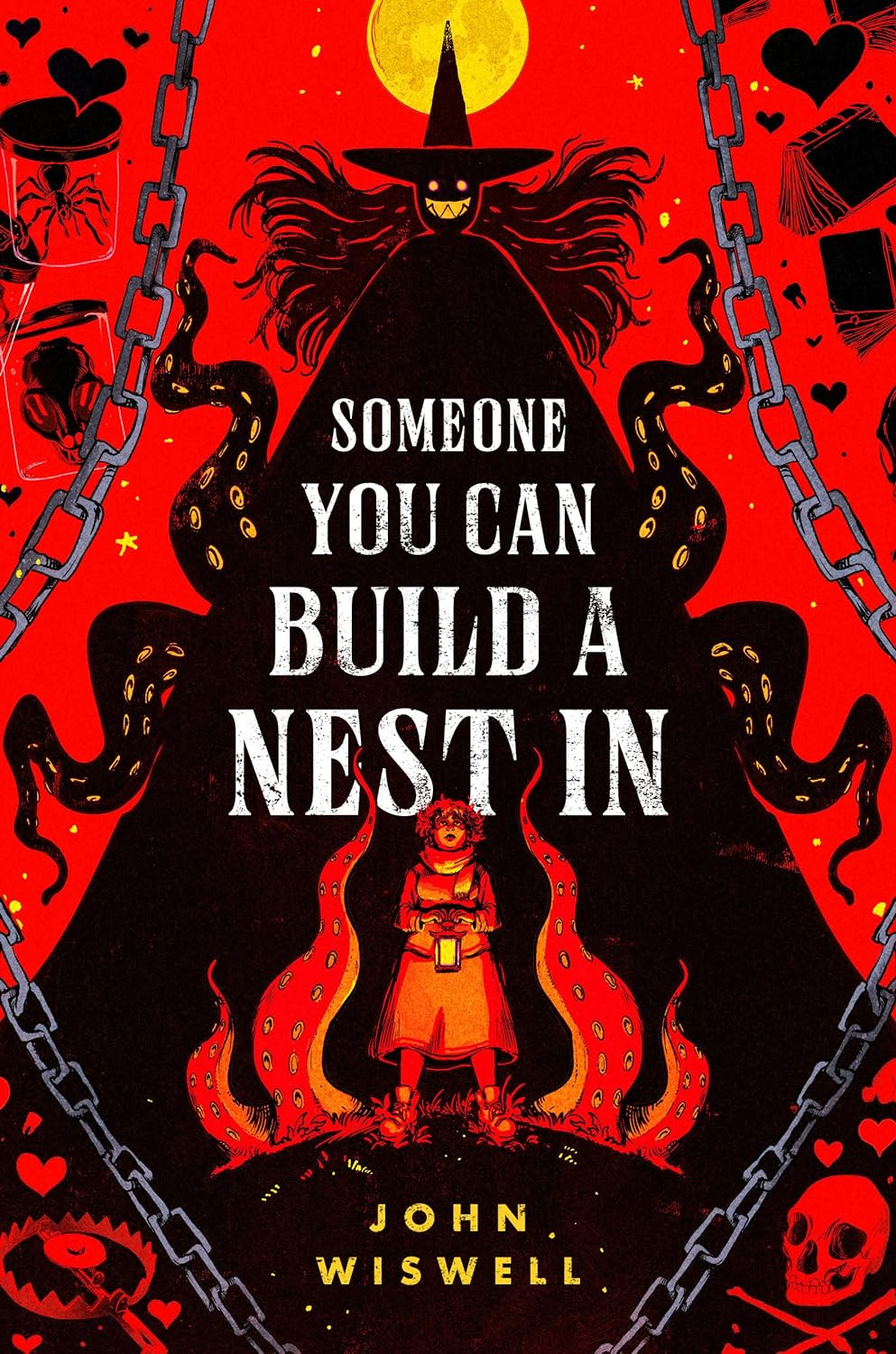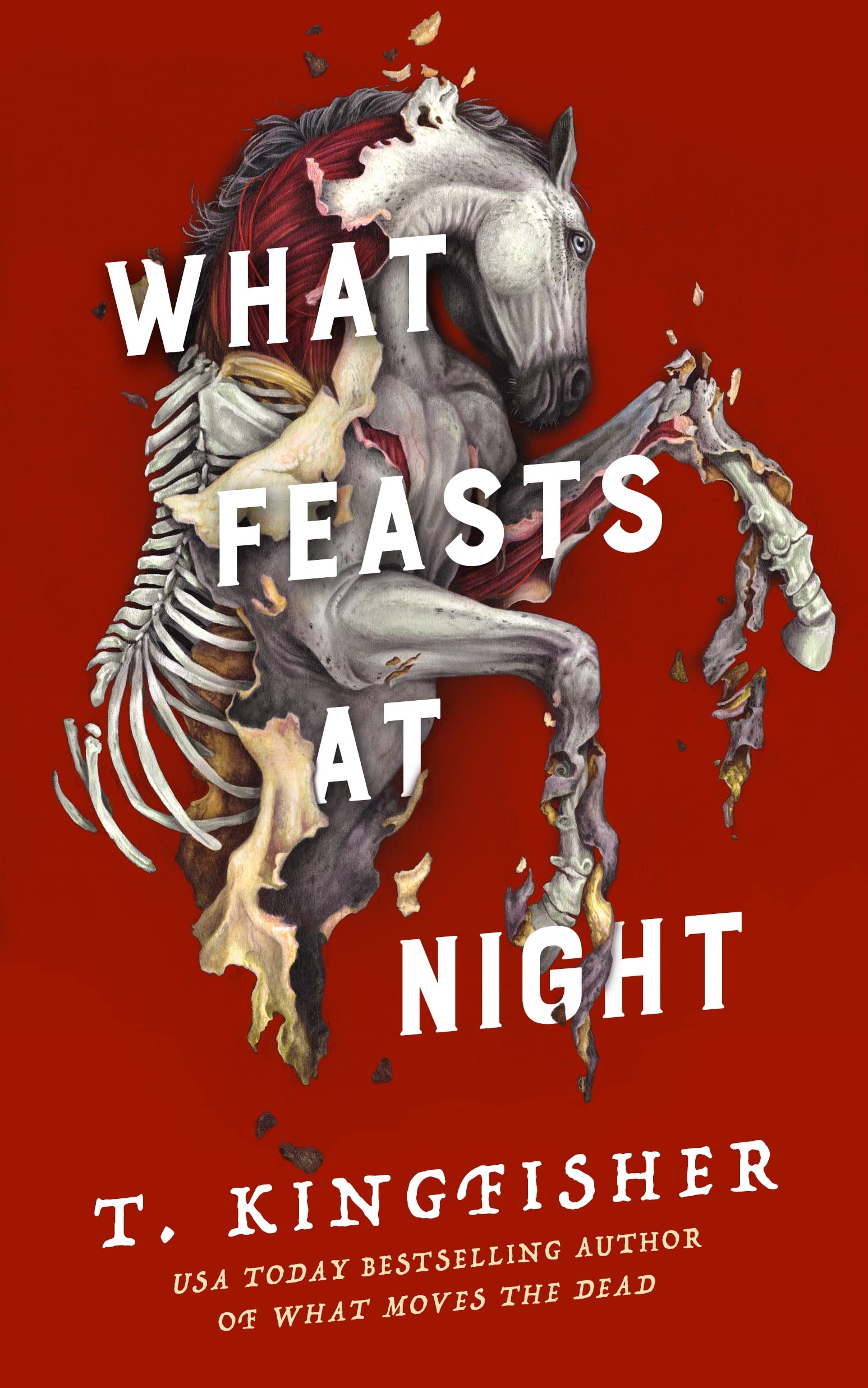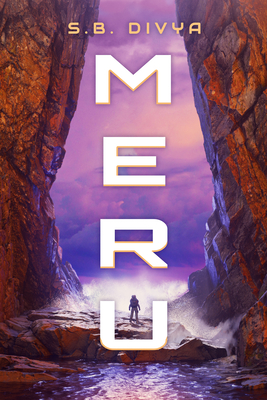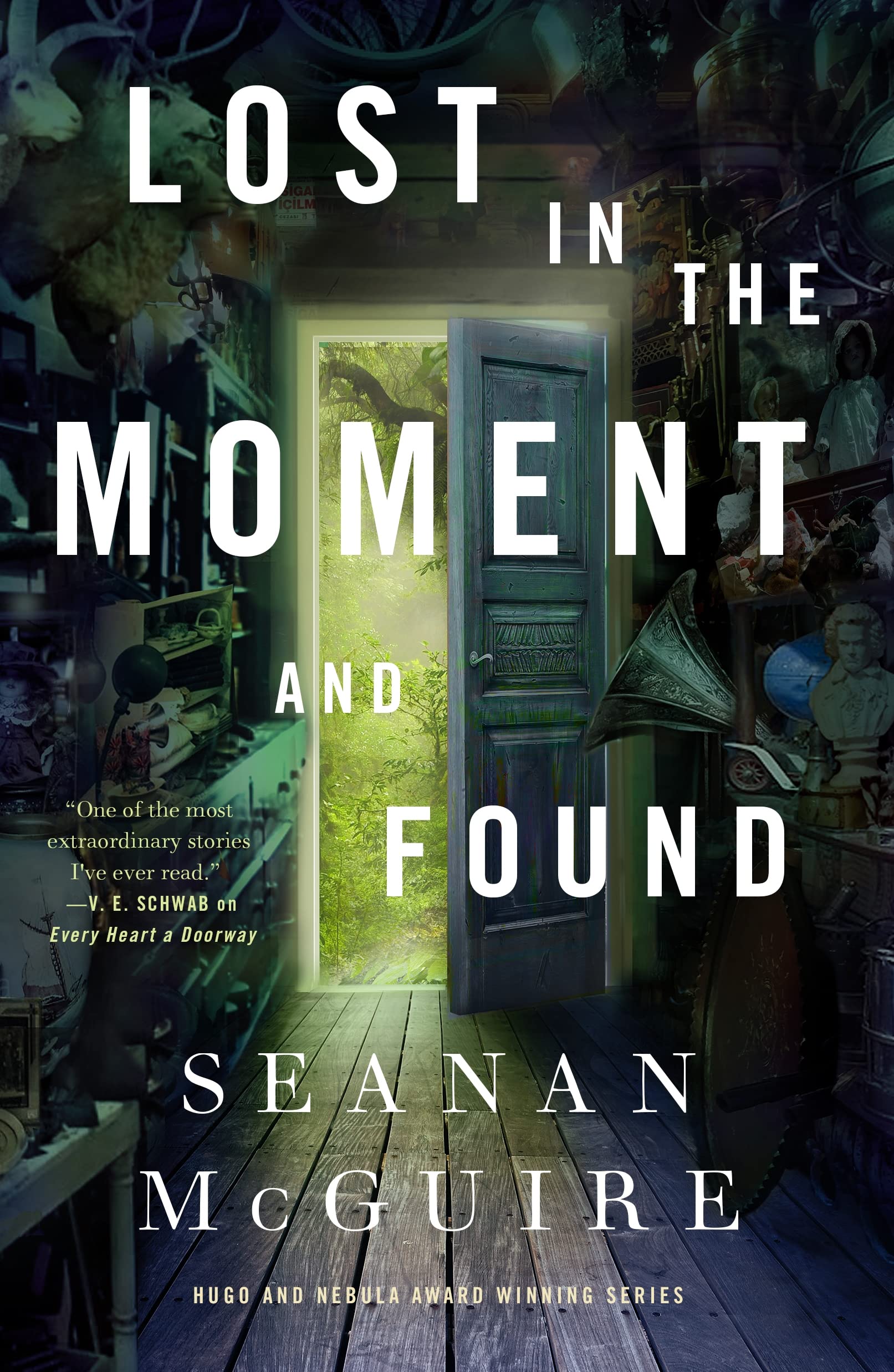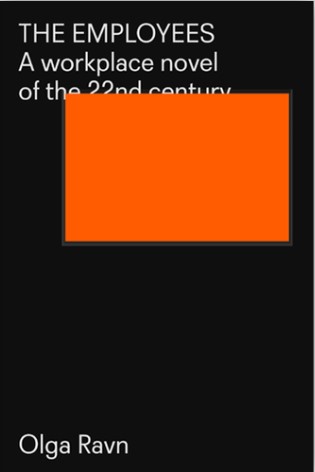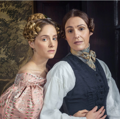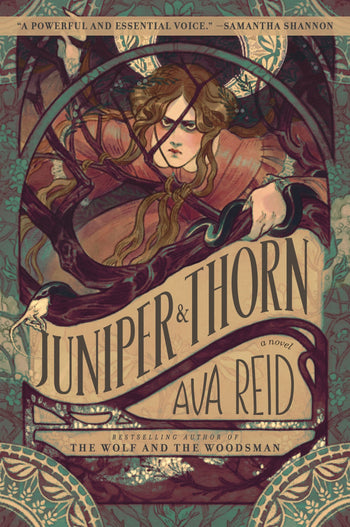mouse commented on Rats, Lice and History by Hans Zinsser
I am over 160 pages into this book which is ostensibly a biography of typhus, and so far it has covered at length:
- the nature of art,
- whether or not he should write this book,
- the origins and fundamentally parasitic nature of life,
- the role of epidemic disease in various periods of history, each section of which he concludes that there's no reason to think typhus was present at that time.
It's the perfect book; it's like he wrote this book just for me.
I am over 160 pages into this book which is ostensibly a biography of typhus, and so far it has covered at length:
- the nature of art,
- whether or not he should write this book,
- the origins and fundamentally parasitic nature of life,
- the role of epidemic disease in various periods of history, each section of which he concludes that there's no reason to think typhus was present at that time.
It's the perfect book; it's like he wrote this book just for me.
